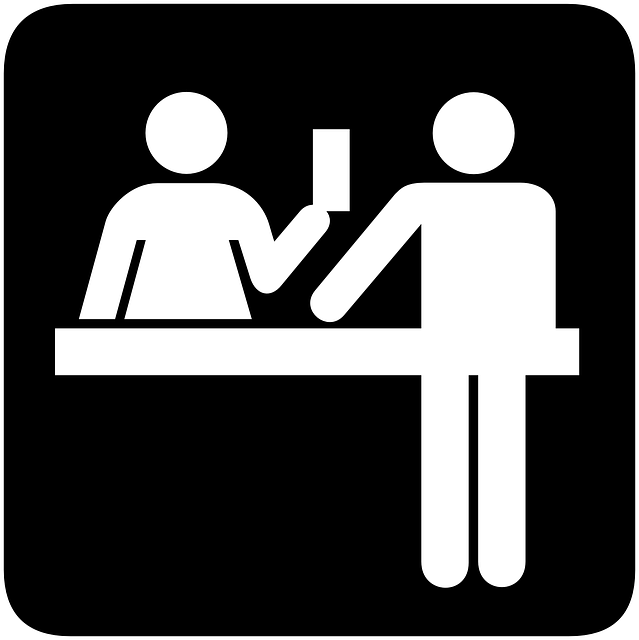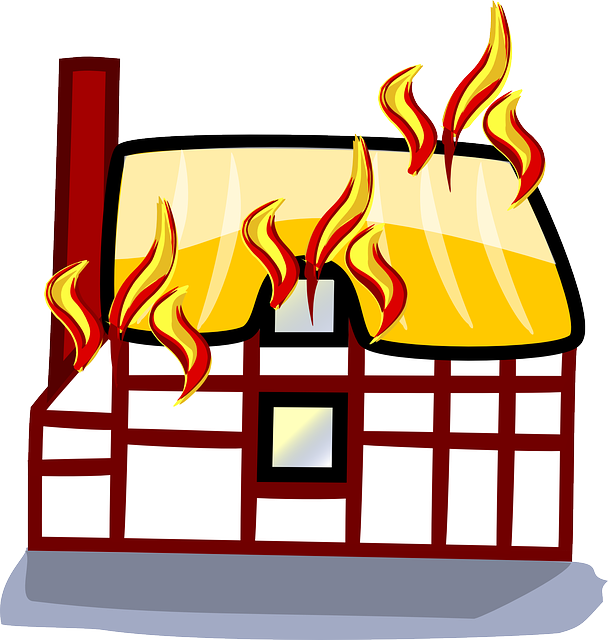Selling a house with fire damage in California requires a multifaceted approach. Buyers and sellers must navigate legal protections, structural assessments, insurance claims, and market conditions unique to California. Key steps include meticulous property inspections, engaging real estate professionals for guidance, documenting damage through photos, understanding insurance coverage, adhering to local building guidelines, fostering transparency with buyers, creating renovation plans tailored to the California market, and making informed decisions about renovation vs. relocation based on damage extent, personal preference, budget, and market trends.
Distressed property sales, particularly those involving fire damage in California, present unique challenges and opportunities. This article guides you through every step of navigating this complex process, from understanding the local market dynamics under California’s perspective to exploring legal considerations and marketing strategies tailored for fire-damaged homes. Learn how to attract investors or buyers, manage renovation or repair options, and ultimately decide between revitalizing your property or relocating.
- Understanding Distressed Property Sales: A California Perspective
- Identifying Fire Damage: Assessing the Extent of Loss
- Legal Considerations: Dealing with Insurance and Regulatory Bodies
- Marketing Strategies for Selling a Fire-Damaged Home
- Navigating the Buying Process: Attracting Investors or Buyers
- Renovate, Repair, or Relocate: Exploring Post-Sale Options
Understanding Distressed Property Sales: A California Perspective

In California, distressed property sales have become an increasingly common phenomenon, especially in light of events like natural disasters and economic downturns that can prompt homeowners to sell quickly. These sales involve properties that are in foreclosure or are owned by a bank as a result of loan defaults. Understanding how to navigate these transactions is crucial for both buyers and sellers.
For instance, when dealing with homes that have experienced fire damage in California, potential buyers should assess the extent of the damage and consider reconstruction costs. Sellers, on the other hand, need to be aware of legal protections and procedures specific to California’s real estate market. Knowledgeable agents can guide owners through the process, ensuring a fair sale while addressing concerns about property value and insurance claims related to fire damage.
Identifying Fire Damage: Assessing the Extent of Loss

When considering how to sell a house with fire damage in California, the first step is thorough assessment. Homeowners must carefully inspect their property to identify any signs of fire damage and determine the extent of the loss. This involves examining structural integrity, checking for smoke or water damage to walls, ceilings, and floors, and assessing the condition of major systems like electrical wiring, plumbing, and HVAC.
A qualified real estate professional can guide homeowners through this process, offering expert advice on repairs needed and potential red flags. It’s crucial to document all findings with high-quality photographs for insurance claims and future buyers who may inquire about the history of fire damage in the property. This transparent approach facilitates a smoother sales process, ensuring both parties are well-informed about the current state of the house in California.
Legal Considerations: Dealing with Insurance and Regulatory Bodies

When considering how to sell a house with fire damage in California, understanding legal considerations is paramount. The first step involves coordinating with insurance providers to assess coverage for repairs or replacement. It’s crucial to review your policy documents thoroughly and document all communications with insurers. In many cases, insurance companies will cover the cost of repairing or rebuilding after a fire, which can ease the financial burden on homeowners.
Beyond insurance, navigating regulatory bodies is an essential part of the process. Local building departments in California have strict guidelines for constructing and rehabilitating homes, especially those that have sustained significant damage like fire. Homeowners must adhere to these codes during repairs to ensure their property meets safety standards. Consulting with a real estate professional who understands these regulations can help streamline the sales process and mitigate potential legal issues.
Marketing Strategies for Selling a Fire-Damaged Home

When it comes to marketing a fire-damaged home in California, the initial step is to assess and disclose the extent of the damage openly and honestly. Potential buyers will want to know exactly what they’re getting into, so consider hiring a professional to conduct a thorough inspection and provide a detailed report. This transparency builds trust and sets the stage for successful negotiations.
In the marketing materials, focus on the property’s potential rather than its current state. Highlight the benefits of a rebuild, emphasizing modern safety features and design possibilities. Utilize high-quality photography and video to showcase the empty canvas ready for a new owner’s vision. Additionally, stage the home to evoke a sense of possibility, demonstrating how it can be transformed into a beautiful residence once again.
Navigating the Buying Process: Attracting Investors or Buyers

Navigating the buying process for distressed properties, like homes with fire damage in California, can be an attractive opportunity for investors or buyers seeking a bargain. However, it’s crucial to understand that these transactions often require careful consideration and a strategic approach due to the unique challenges these properties present.
To effectively sell a house with fire damage in California, whether through auction, listing, or direct sale, potential buyers must conduct thorough inspections to assess the extent of the damage. Repairs can be significant, impacting both financial costs and timeframes. A comprehensive renovation plan is essential for attracting investors willing to take on such projects or buyers seeking to rehabilitate the property themselves.
Renovate, Repair, or Relocate: Exploring Post-Sale Options

When considering how to sell a house with fire damage in California, the first step is determining your next move—renovate, repair, or relocate? If the damage is minimal, many homeowners opt for renovation to restore their property’s value. This process involves repairing structural issues, replacing affected areas, and revitalizing the overall aesthetic. California’s favorable real estate market can make this a lucrative option, especially if you’re able to capitalize on the updated features and modern appeal that a renovation brings.
However, extensive fire damage may render renovation impractical or too costly. In such cases, repairing specific issues and relocating to a new property could be more feasible. This decision often depends on personal preference, budget, and market trends. Some homeowners choose to embrace minimalism or opt for a fresh start in a different area, while others prefer to invest time and resources into repairing and revitalizing their current home.
Selling a house with fire damage in California involves navigating a complex process that requires understanding legal considerations, implementing effective marketing strategies, and exploring post-sale options. By comprehending the specific challenges unique to distressed property sales in California, homeowners can make informed decisions. Whether renovating for resale, repairing for personal use, or relocating, each step should be approached with careful consideration to ensure a successful outcome for all involved parties. For those seeking to sell a house with fire damage in California, understanding these dynamics is key to a smoother transaction.






